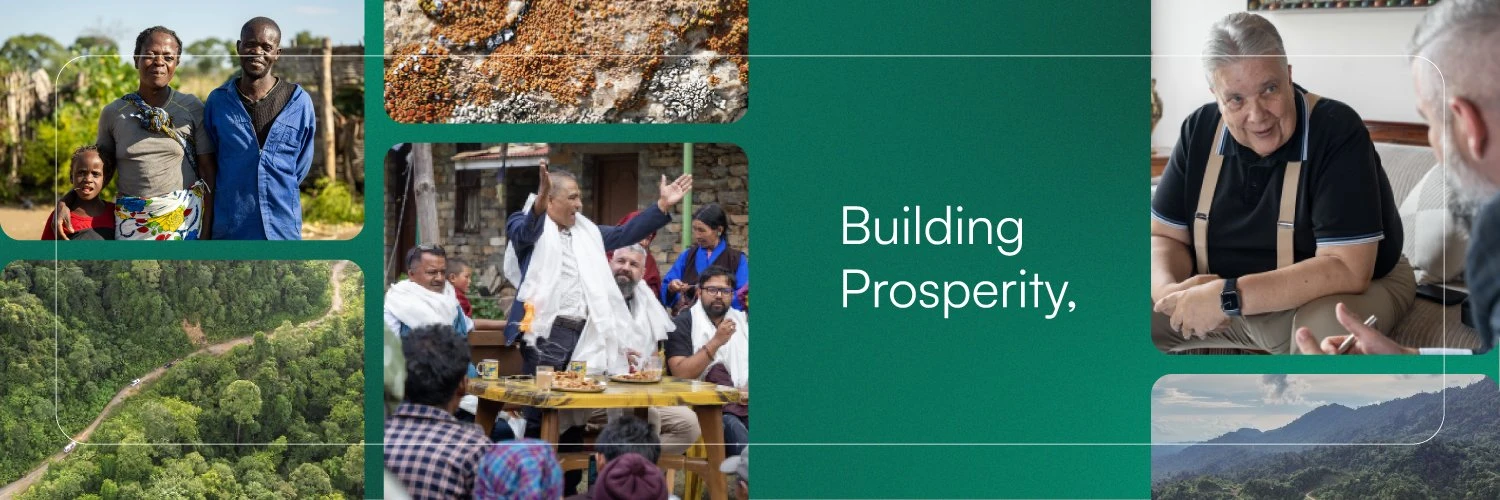Compiled by Odaily Planet Daily Ethan ( @ethanzhang_web3 )

KULA Token is officially launched: providing ordinary people with opportunities to participate in real assets
On April 15, after four years of silent construction, Kula officially launched its governance token KULA, which is currently available for trading on MEXC, Coins.xyz and Coins.ph.
Kula is not created for speculation. It makes uninvestable assets investable and gives the community the power to govern itself.
Farmland in Zambia, hydropower in Nepal, untapped minerals in Malaysia—these are assets that are ignored by traditional finance and difficult to reach in the crypto world.
Kula is on a mission to change all that.
Its vision is simple and clear: to create a world where capital is not just taken but created; to transform communities from recipients of aid to designers of their own future; to make governance no longer full of insider information but open and transparent, all of which will be gradually realized based on blockchain.
More than a token, more of a governance tool
KULA is not a yield token. It has no staking, no mining, no delegation. Each token directly gives the holder a vote on how the Kula treasury allocates real-world capital. One person, one wallet, one vote, no backroom deals, no passive coercion.
Kula’s governance is not about speculation, but about making decisions - deciding which projects get funding, where the funds go, and who will benefit. KULA holders are not speculating, but participating.
“There’s a lot of useless stuff in this space,” said Samuel Chen, co-founder of Kula. “But we’re not. We want to give people a way to manage things that have been out of their reach — their own land, energy, assets, and value. That’s what this token is about.”
Steady progress
Before the token was launched, Kula raised $17 million from partners to build a full-stack infrastructure, governance tools, and legal structure. To date, Kula has invested capital in real-world projects with a total underlying asset value of more than $40 million. These projects have been launched in the RegionalDAO network, and this is just the beginning. This is not a roadmap for the future, but a fact that is happening.
Capital has been invested and projects are already underway in Zambia and Nepal: small-scale energy, regenerative agriculture, mineral resource governance. These real assets are managed through local RegionalDAOs, and local people vote on the next steps. More projects are about to be launched around the world, from Poland to India, from Indonesia to Ghana.
The integration of Web3 and the real world
Kula adopts the so-called Web 2.5 model. Smart contracts are responsible for execution, and the legal structure ensures enforceability. Its foundation is established in the Cayman Islands, and the groups business is distributed in Mauritius and Singapore, ensuring that all on-chain operations have clear off-chain support.
This hybrid architecture gives KULA capabilities that most projects still lack: Move fast while remaining compliant. Expand globally without violating the rules that protect people. Most importantly, separate governance from speculation, ensuring that KULA remains a tool for decision-making, not a proxy for profit.
Governing with care
Kula is not here to fight the system. It exists to care for what the system has forgotten. Its governance model has structure, but it is also human. It puts the community first, listens to needs, and doesnt chase hype cycles or marketing gimmicks. It builds, shares power, and lets people manage things that were never theirs to control.
Future Outlook
With the launch of KULA, Treasury proposals will be open. Token holders will vote on which RegionalDAOs receive funding. All decisions will be public, traceable, and subject to smart contracts.
KULA Token is now live
The KULA token is now available for trading on MEXC, Coins.xyz, and Coins.ph platforms, and participants are required to complete KYC certification. The launch of Kula is not just a token issuance, but also a step towards a community-centric financial system.










